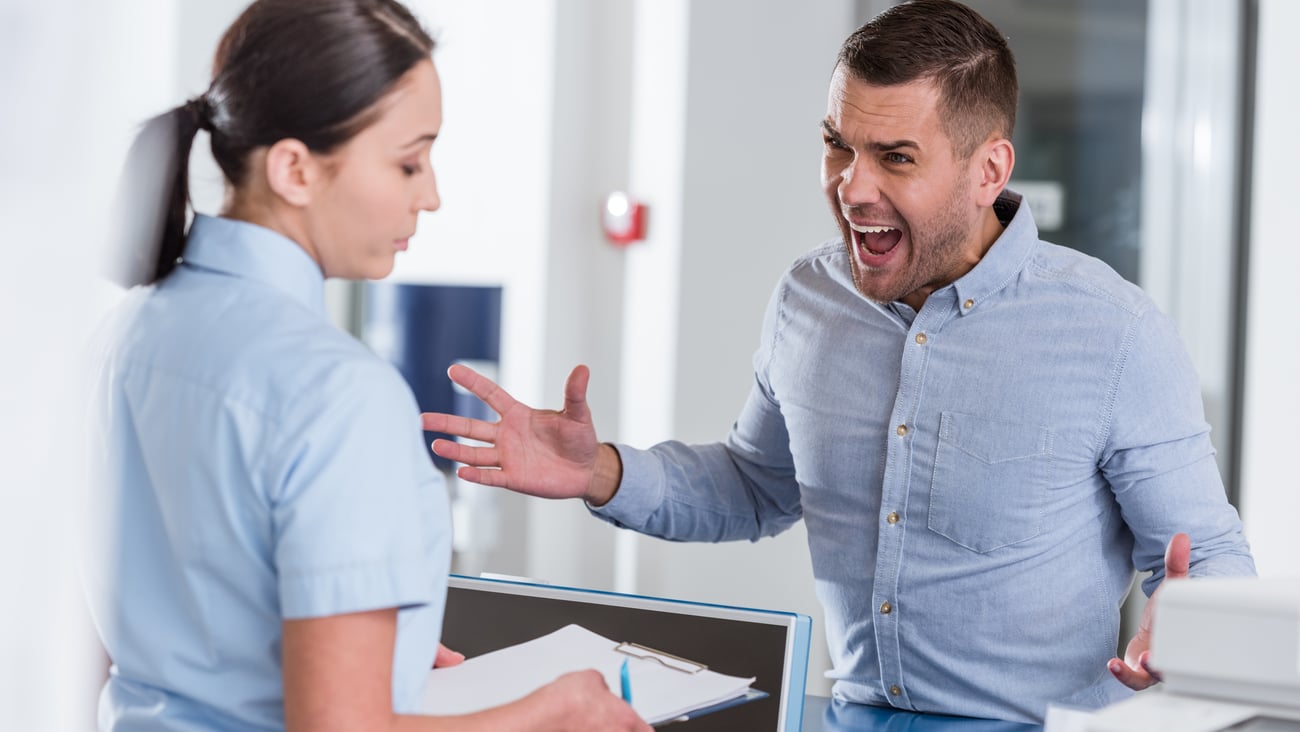Are pharmacists too nice to get paid?
Are you brave enough to ask for two streams of necessary money?
Being nice does not always get you paid.
Imagine an atmosphere where consumers expect free goods from an expert that was not used to asking for money in return. That is pharmacy. Pharmacists’ personalities in conjunction with patient expectations have conditioned both parties to belief money is taboo when it comes to paying for the essential health services ubiquitous in Canada.
Problem 1: the person
The pharmacist personality is commonly a confrontation-avoider. We will often put ourselves out for the sake of others. People are used to getting our attention whenever they want it, no matter how small their query. We are readily available (for free) when an existing patient or complete stranger calls or decides to pop-in without an appointment. In comparison to other professions like physicians, dentists and lawyers who charge for seeing client, we are nice. But nice does not always get you paid and you can only operate so long without a paycheque.
Problem 2: the system
One of the side-effects of a paid healthcare system is that we have been conditioned when it comes to paying for care. We can access to great clinicians with top-notch knowledge and skill who provide cutting-edge science and technology when we need it most. And we can access it for free. This is a problem in pharmacy.
In pharmacy, charging patients out-of-pocket is a taboo subject. It is a challenge we have put on ourselves and a problem that only we can fix. Pharmacy is a highly competitive industry and waiving what we already have coming our way like co-pays and dispensing fees are sometimes a required to play with the three pharmacies down the street. Worst of all, of this plays into problem 1 as an excuse to avoid charging patients.
The fix is two necessities
For the most part, the status quo is great. Pharmacists continue to find ways to be available and offer high quality care, except that they will take home less and less money with time.
The population is growing and getting older. Disease is getting more complex. This means that a stressed healthcare system and private insurers cannot afford to pay one hundred per cent of the bill. Since pharmacists are already paying their portion in mark-up and dispensing fee capitation from drug plans, the old story of ramping up volume means less than it did a decade ago. Couple that with higher costs of goods procurement and extremely high tax systems to pay into and the solution becomes cloudy.
Besides inflation, there are also higher investment dollars per employee like raised rates of pay, higher benefit premiums and supporting growing needs like mental health and physical illness. Where will the gap in revenue come from?
This leaves us to two necessary solutions: open up new revenue streams not based on drug volume distribution and have the patient pay out of pocket.
The first necessity is something we have made strides at. Government has begun to recognize the value of paying the pharmacist for hands-on services. While this requires more work, new tools, re-tooling workflow and training staff, there is new money on the table for those willing and able to take it. We can bill the patient health card for medication reviews, making recommendations to prescribers, prescribing for minor ailments, smoking cessation drugs, opioid overdose rescue agent naloxone and covid antiviral agent Paxlovid. We can get paid to administer flu shots and covid shots. Pharmacists need to continue to push their comfort zones to expand the services they offer while building them into tradition dispensing.
The second necessity is not something we have made as much ground on. Pharmacists need to put energy into charging for the valuable things that are not covered but have traditionally been provided for free like medical info submissions to lawyers, signing patient passports, prescription delivery, non-publicly funded injection services or in-depth counselling programs like nutrition coaching or other specialized, niche services.
By charging reasonably for relevant services, we are demonstrating our expertise and providing an avenue of accountability since patients are less likely to waste and more likely to comply with the care plans we curate with them.
This also means we need to be better marketers of our services. We need to be confident in the benefits they provide, recognize that there is a price tag associated with positively influencing a patient’s quality of life and be willing to say no to those not willing to pay. We need to sell ourselves instead of give away freebies and throw-ins. These words are scary for pharmacists.
For example, in offering a one hour counselling session on smoking cessation for someone without a drug plan, we need to explain features and benefits along side a cost.
We have a smoking cessation program that boosts the chances of you quitting for good. It has an initial assessment where we help you create your quit plan, identify triggers and what to do in a relapse. It is not something covered by your drug plan so we have at $150 cost to the program. This comes with the initial assessment, the prescription and follow-up to bring it all together. We gear it toward the cost of cigarettes, it is a top-notch investment in yourself.
Pharmacists still need to be nice, but they also need to be brave since getting paid means they will be around to help for years to come. To accomplish this, pharmacists but necessarily optimize for the existing government-funded billable services and replace their non-government funded freebies with a marketed menu of services and their costs that patients can order.
Offer great help, get paid and be here forever.






